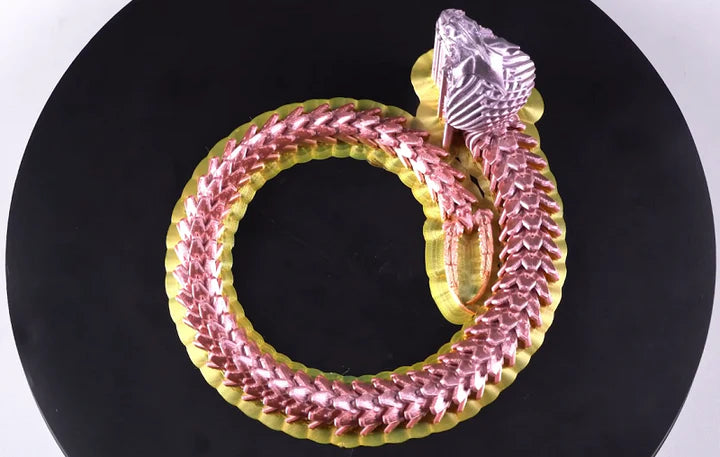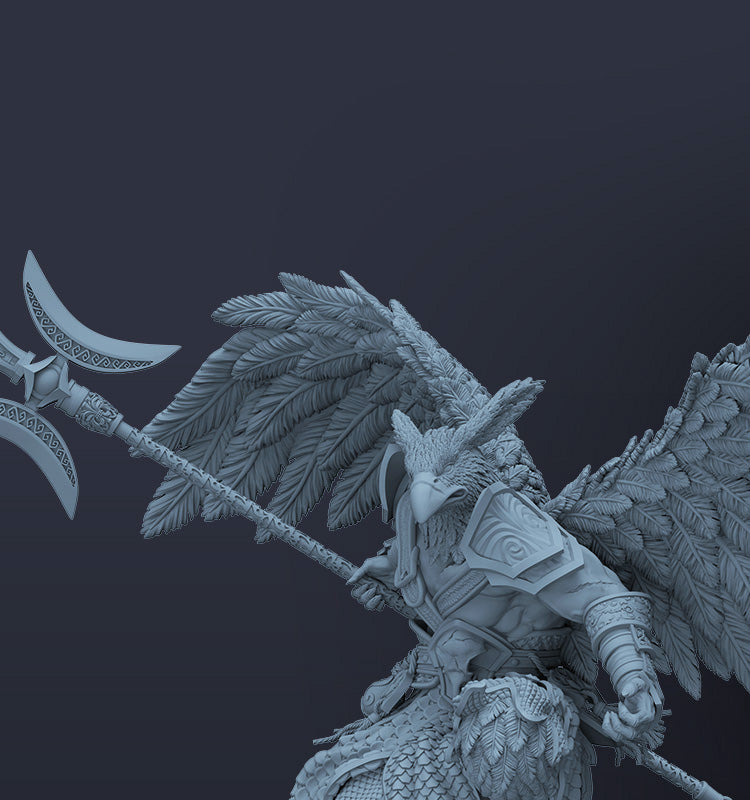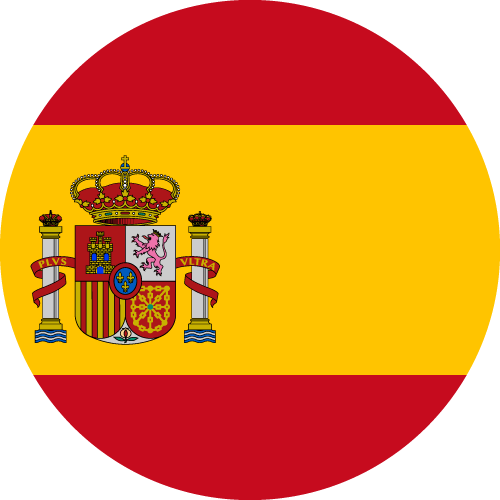If you always meet problems on the first layer during FDM 3d printing such as print warping and curling, non-stick printing platform, etc. Despite numerous attempts, your 3d printer was still unable to complete the print successfully. By understanding the different types of build plate adhesion: skirts, brims and rafts, you can increase the chance of successful 3D prints. They can be found in the slicer setting, once activated, they work to detect problems for your printer and improve bed adhesion.
As for which one is the most suitable for FDM 3d printer, it still depends on: the contact area of the print bottom to the platform, the materials used like ABS and the quality of the 3d printer. In this blog, we'll make a comparison of skirt, brim and raft in 3d printing, explaining what they are, when to use them as well as their differences.
3D Printing Skirt

What is a Skirt?
We first started talking about skirts. Skirt is a single line on the first layer, which enclosures around the outer of the model but does not connect to it. Due to its small contact area with the print bed, the skirt is the least adhesive to the build plate in the three types of adhesion assistant.
Although it does not effectively help the print enhance bed adhesion, skirts act as a fast indicator that shows if the main parts of the 3d printer are performing optimally. Also it helps to do a warm-up to your printer before the beginning of 3d printing. For example, this thin layer is able to ensure that the melted filament is flowing smoothly and the bed leveling is good-aligned.
When to use Skirts?
Skirts can recognize possible and common issues before printing your object, which will result in a poor print or even a failed one. As mentioned before, using skirts allows for a quick check of the nozzle and bed alignment. In this case, it will reduce the chance of poor first layer adhesion, clogged nozzle and print warping.
Skirts save your material and time, when printing a large item. Since the first layer of the item is wide enough for strong adhesion, you can opt for a skirt with minimal filaments to quickly detect the potential problems during the rest of the process. If you ensure that your printer is well-tuned, you even can conserve the consumption of skirts. On the contrary, if the first layer does not stick well to the bed, try brims or rafts.

The Pros & Cons of 3D Printing Skirt
- Uses the least time and material (compared to rafts, brims)
- Shows that the temperature and bed leveling are proper
- Identities problems like filament jamming, warping, bad adhesion of the first layer, etc
- The lowest adhesion to the print bed (compared to rafts, brims)
3D Printing Brim

What is a Brim?
A brim is a single layer made around the edges of the object on the first layer. But compared to the skirt, a brim is directly attached to all corners of the print bottom, as a result, it strengthens the adhesion to the build plate in order to avoid warping.
The brim serves the same purpose as skirts, checking the problems of the 3d printer before starting a print. But as for the time and material consumption, it is moderate, neither as much as a raft, nor as little as a skirt.
When to use Brims?
A brim is the best option for preventing bed adhesion issues like warping. Warping often happens when the bed temperature is unevenly heated, so large flat models with many corners are more prone to this issue. While a brim like layer of mesh knitted from the bottom edges of the model, firmly grips the hot bed to avoid the curled corners. What's more, it follows from the above that adding a brim can increase the contact area of the model with the build plate, thus, the model with a small surface should use a brim.

Brims won't reduce the surface quality of the part, but will affect the accuracy of the bottom part edge. When removing the brim, there will be a small amount of residual material on the bottom surface, and you can use a tool to cut or sand it until it is smooth. Additionally, due to the strong adhesion of the brim, the part may be too hard to be removed. If your FDM 3D printer is equipped with PEI spring steel platform like Anycubic Kobra Neo, just slightly bend the magnetic platform and the finished print will easily come off.

The Pros & Cons of 3D Printing Brim
- Has strong adhesion to prevent warping
- Uses less time and material (compared to rafts)
- Identities problems like filament jamming, warping, bad adhesion of the first layer, etc
- Consumes more time and material (compared to skirts)
- More likely to reduce the accuracy of the part's first layer (compared to skirts)
- Harder to remove the print with a brim (compared to skirts)
3D Printing Raft

What is a Raft?
A raft is a thick base underneath the object. It serves as a connecting link between the print and the build plate to greatly strengthen the adhesion of the first layer, so your print will not directly touch the bed surface.
As for its property, it features the highest level of adhesion compared to the other options, owing to its structure. It consists of multi-layers, which are thicker and wider than the first layer of the part to adhere to the build plate fully. In this way, it requires a lot of material and time, leading to waste. Once the printing process is complete, the raft turns useless and should be thrown away.
When to use Rafts?
If you're new to ABS material and you may always encounter the problem of warping, a raft will be the optimal choice for you. As one of the most popular 3D printer filaments, ABS requires a high demand for temperature management, otherwise it will become a failed print. Setting a raft can reduce the chance of warping and elephant's foot.
With regard to bed adhesion, rafts provide a solid base for the parts, ensuring their limited bottoms stably stand on the plate during printing. It has an upgrade option for improving adhesion, in comparison with brims.
However, if you opt for a raft, you have to know that there's a little bit tricky to remove it after printing. Prepare a knife or blade to slowly pry off the raft from the part. Next the bottom of the part needs sanding until smooth, since the raft is in close contact with it, causing flaws to the bottom surface after removing.

The Pros & Cons of 3D Printing Raft
- Offers the most adhesive aid to the bed (compared to skirts, brims)
- Prevents intricate material like ABS from warping
- Improve printing success
- Consumes more wastes of time and material (compared to skirts, brims)
- Reduces the accuracy of a part's first layer
- Hardest to be removed (compared to skirts, brims)
Final Thought
If you always fail to FDM 3d printing, you may check whether the type of build plate adhesion is selected correctly. Of the three methods introduced, only the skirt does not improve the adhesion of the first layer, but the raft has the greatest adhesion. Moreover, they all have basic checks for the 3d printer to start printing. When considering the consumption of time and filaments, a raft needs the most while a skirt is an opposite. Hope you all can enjoy FDM 3d printing.




